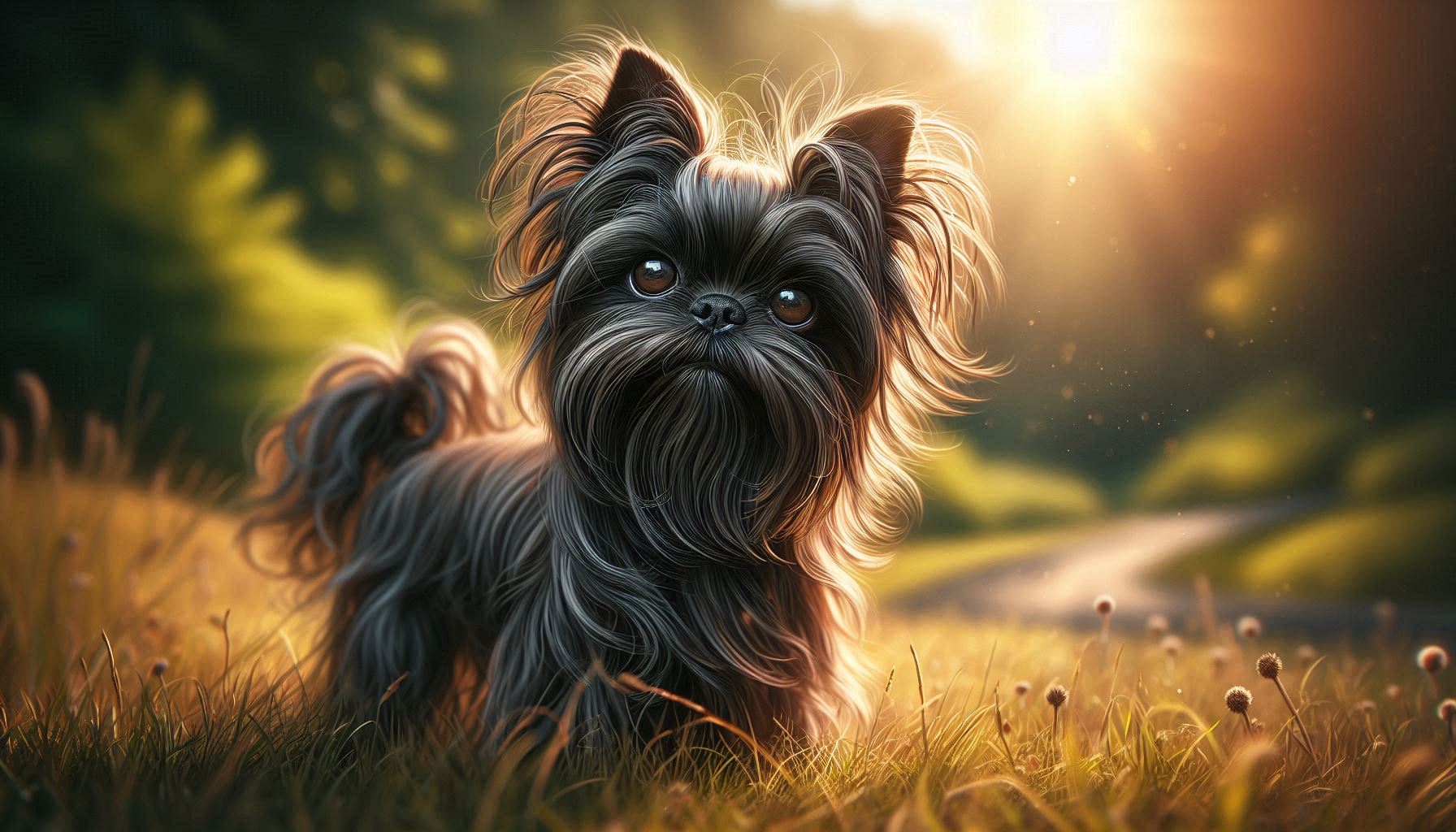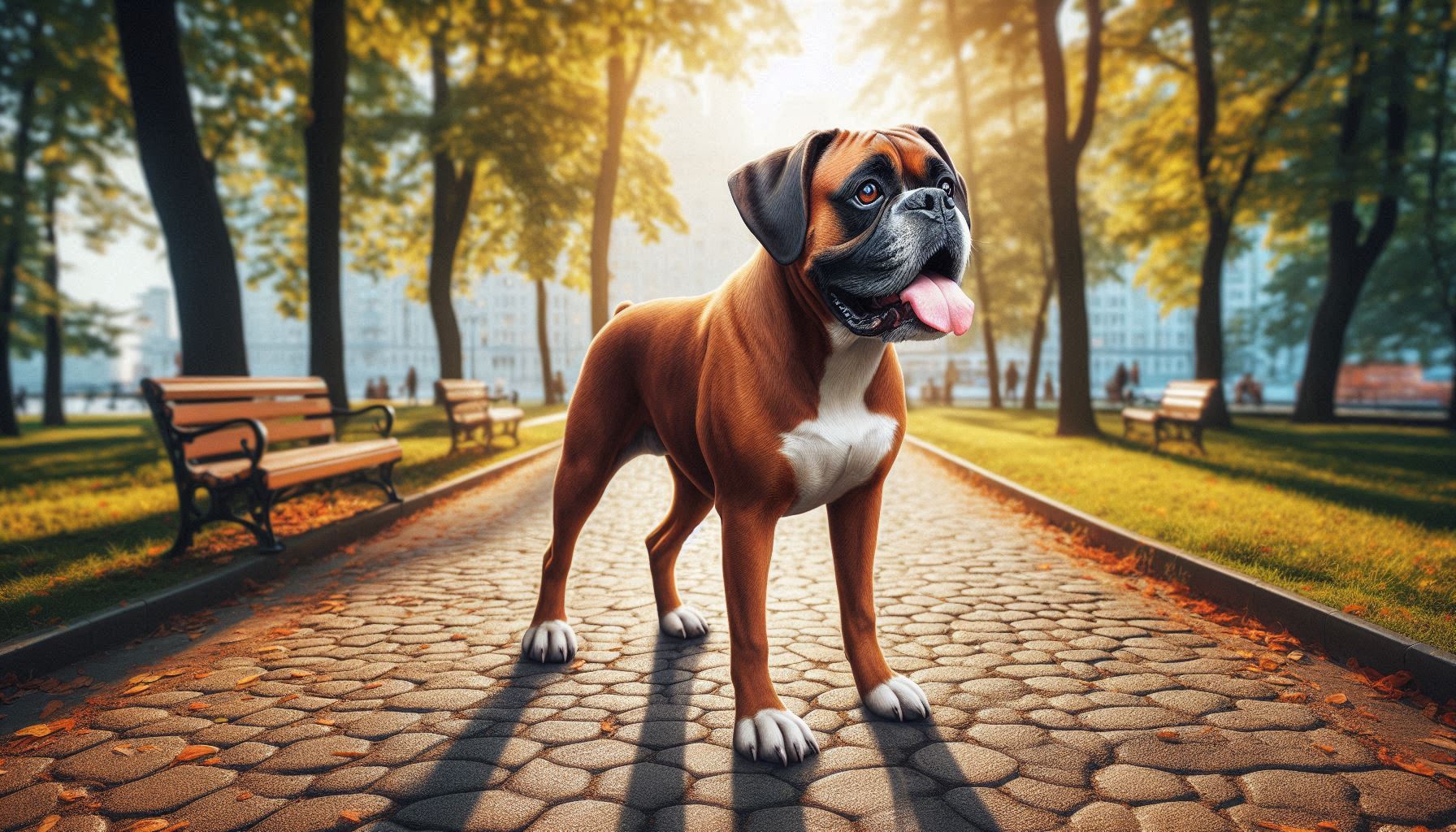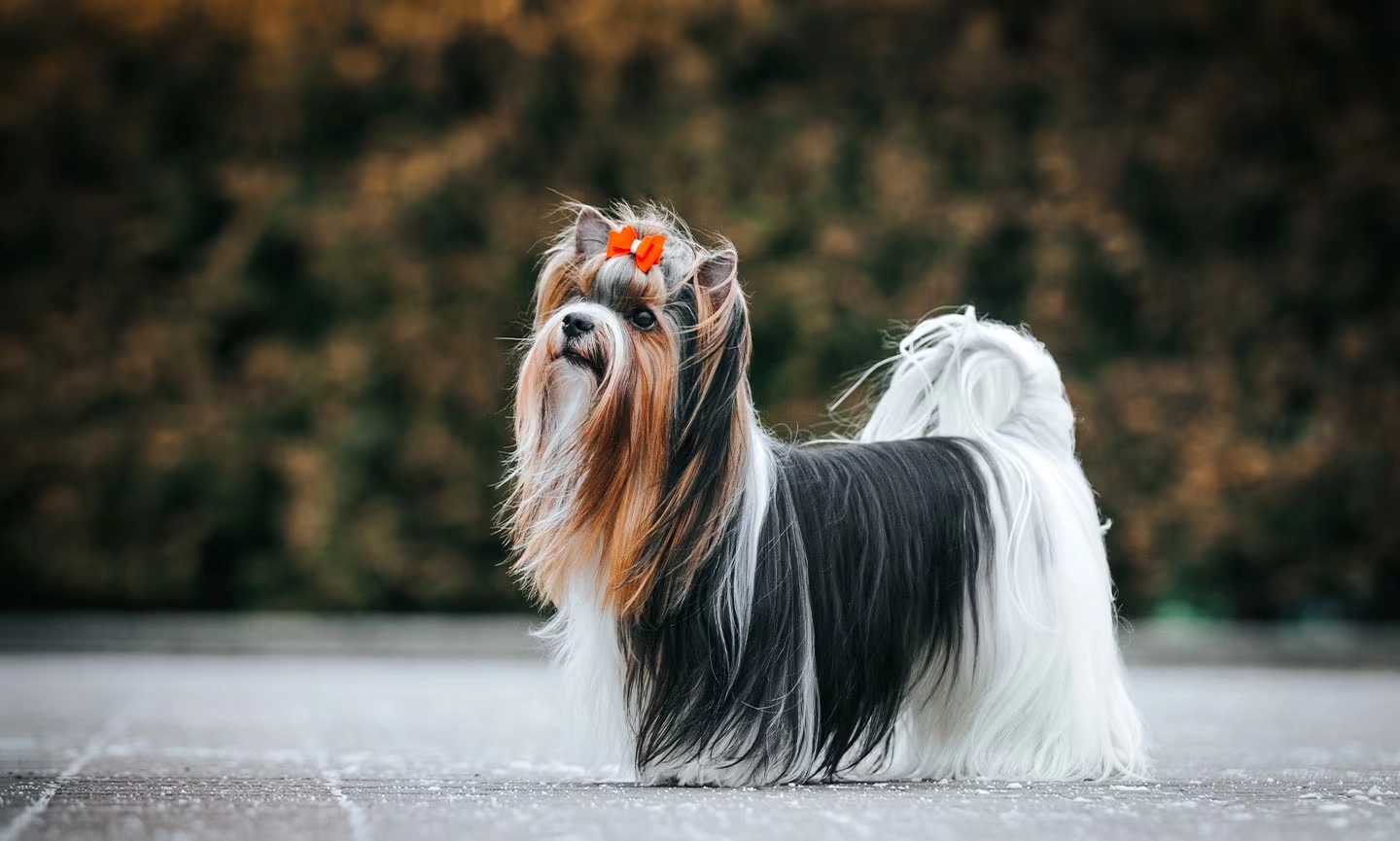Table of Contents
Eurasier Dog Breed
The Eurasier, a relatively modern dog breed, has quickly gained popularity among dog enthusiasts for its balanced temperament, striking appearance, and strong bond with its family. Known for being both affectionate and reserved, the Eurasier makes an excellent family pet for those who appreciate a calm and loyal companion. With its beautiful coat and unique heritage, this breed has become a favorite among those who are looking for a dog that is not only aesthetically pleasing but also dependable and easy to live with. In this article, we’ll explore everything you need to know about the Eurasier, from its history to its care requirements, helping you decide if this is the right breed for you.
History and Origin
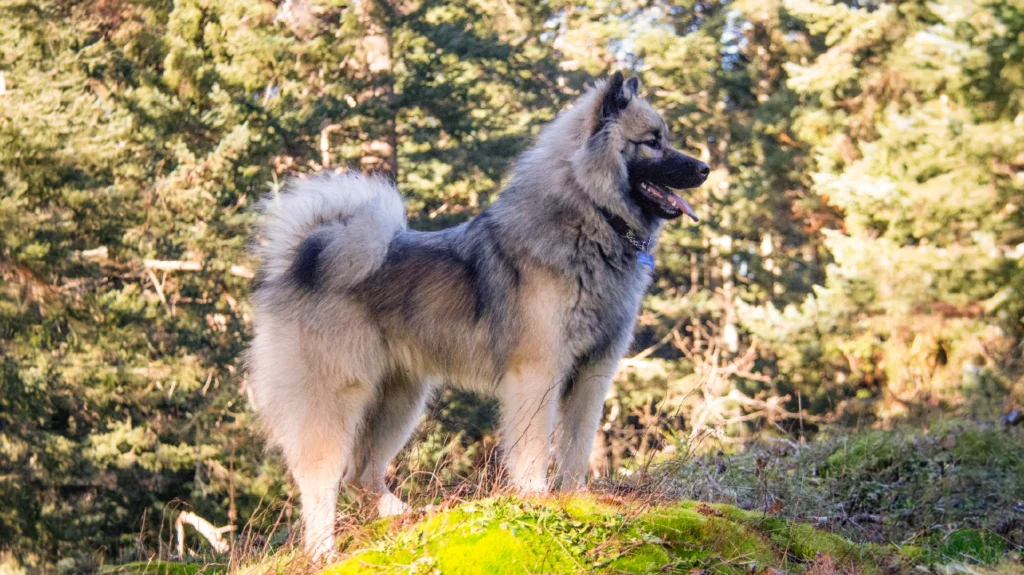
The Eurasier is a relatively new breed, developed in Germany in the 1960s. The breed was the brainchild of Julius Wipfel, who aimed to create a dog that combined the best traits of the Chow Chow, the Wolfspitz (now known as the Keeshond), and later the Samoyed. Wipfel’s goal was to develop a dog that was not only beautiful and wolf-like in appearance but also had a balanced, friendly temperament suitable for a family environment.
The breeding program began by crossing a Chow Chow with a Wolfspitz, resulting in the first generation of dogs known as “Wolf-Chows.” To improve the temperament and sociability of the breed, Samoyeds were introduced into the mix, giving rise to what we now know as the Eurasier. The breed was officially recognized by the Fédération Cynologique Internationale (FCI) in 1973, solidifying its status as a distinct and recognized breed.
Today, the Eurasier is cherished for its unique combination of traits inherited from its parent breeds, making it a versatile and well-rounded companion.
Physical Characteristics
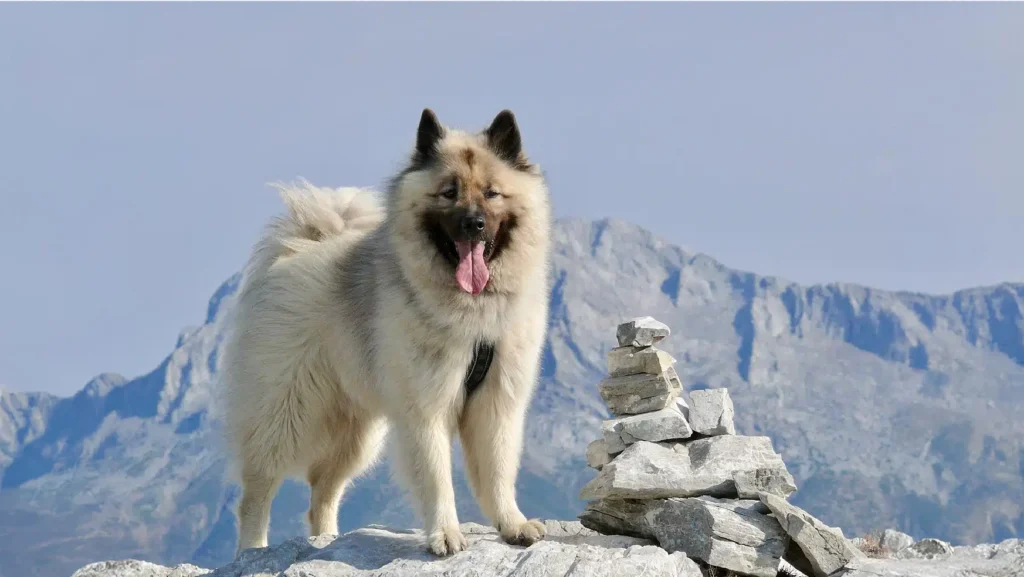
The Eurasier is a medium-sized dog with a well proportioned and elegant build. Its appearance is characterized by a combination of traits from its ancestral breeds, resulting in a dog that is both striking and functional.
Size and Build
Males typically stand between 20 to 24 inches at the shoulder, while females range from 19 to 22 inches. The breed generally weighs between 40 to 70 pounds, with males being slightly larger and heavier than females. The Eurasier’s body is sturdy and well-muscled, yet it maintains a certain grace and agility that is reflective of its wolf like ancestry.
Coat and Colors
One of the most distinctive features of the Eurasier is its luxurious double coat. The outer coat is long, straight, and slightly coarse, while the undercoat is dense and soft, providing excellent insulation. The breed’s coat comes in a wide range of colors, including fawn, red, wolf-gray, black and black-and-tan. Some Eurasiers may have a mask or darker shading on the face, adding to their striking appearance.
Distinctive Features
The Eurasier’s face is fox-like, with a slightly tapered muzzle and a calm, intelligent expression. The eyes are medium-sized, almond-shaped, and typically dark brown, reflecting the breed’s alert and attentive nature. The ears are triangular, set high on the head, and stand erect, contributing to the Eurasier’s alert and curious demeanor. The tail is bushy and carried curled over the back when the dog is at rest, adding to its balanced and symmetrical appearance.
Temperament and Personality
Eurasiers are known for their calm, even tempered nature, making them ideal companions for families and individuals alike. They are affectionate with their families and form strong bonds with their owners, often following them from room to room and seeking close companionship.
Interaction with People, Children, and Other Animals
The Eurasier is generally reserved with strangers, but not aggressive. They may take some time to warm up to new people, but once they do, they are friendly and approachable. This reserved nature makes them excellent watchdogs, as they are naturally alert to their surroundings without being overly vocal.
When it comes to children, Eurasiers are gentle and patient, making them excellent family dogs. They are known to be protective of their family members, particularly children, and will often position themselves between their family and any perceived threat. However, they are not overly possessive and are usually accepting of other pets, especially if they are raised together from a young age.
Eurasiers tend to get along well with other dogs, particularly if they have been well socialized. They are not overly dominant and can coexist peacefully with other animals, although they may have a strong prey drive towards smaller animals due to their wolf ancestry.
Health and Lifespan
Eurasiers are generally healthy dogs with a lifespan of 12 to 15 years. However, like all breeds, they can be prone to certain genetic health issues. Responsible breeding practices and regular veterinary care are essential to maintaining the health and well being of this breed.
Common Health Issues
Some of the health concerns associated with the Eurasier include:
- Hip Dysplasia: A common issue in medium to large breeds, hip dysplasia can lead to arthritis and discomfort in later life.
- Patellar Luxation: A condition where the kneecap dislocates or moves out of its normal position, which can cause lameness or discomfort.
- Hypothyroidism: A condition where the thyroid gland does not produce enough hormones, leading to a slow metabolism and associated symptoms like weight gain and lethargy.
- Eye Issues: Eurasiers may be prone to certain eye conditions, such as entropion (where the eyelid rolls inward) and ectropion (where the eyelid rolls outward).
Keeping Your Eurasier Healthy
To keep your Eurasier in good health, regular veterinary check ups are important. Ensuring your dog has a balanced diet, adequate exercise, and proper grooming will also contribute to a long, healthy life. Regular screening for common genetic conditions, particularly hip and eye examinations, can help catch potential issues early on and ensure that your Eurasier enjoys a healthy, active life.
Care and Grooming
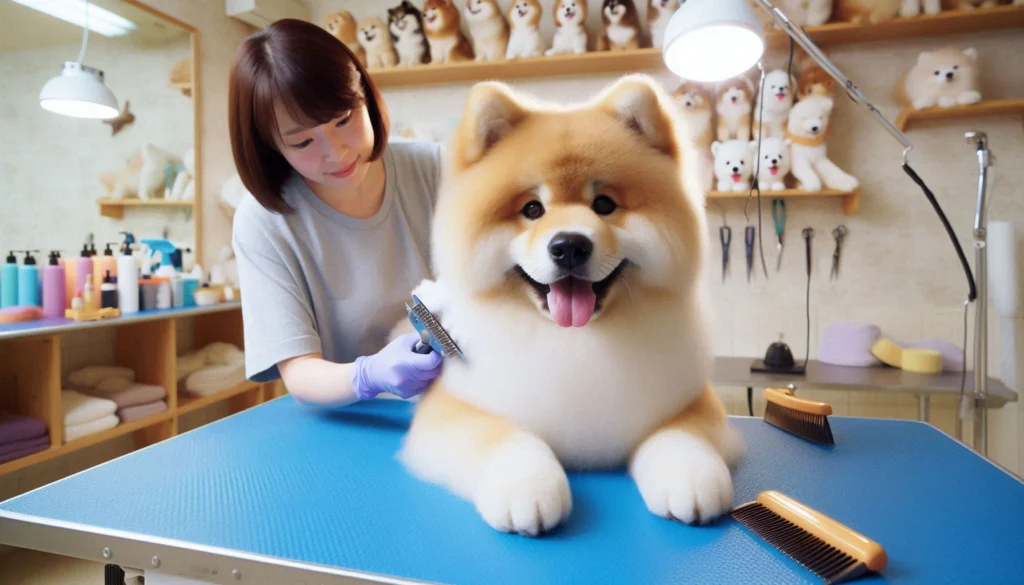
Caring for a Eurasier requires attention to grooming, exercise, and dietary needs. While they are relatively low-maintenance in some areas, they do have specific needs that should be met to ensure they remain healthy and happy.
Grooming Needs
The Eurasier’s thick double coat requires regular grooming to keep it in good condition. Weekly brushing is recommended to remove loose hair and prevent matting, particularly during the shedding seasons in spring and fall. During these times, more frequent brushing may be necessary to manage the increased hair loss.
Bathing should be done as needed, but not too frequently, as over-bathing can strip the coat of its natural oils. Regular ear cleaning, nail trimming, and dental care are also important aspects of grooming for this breed. Checking and cleaning the ears regularly will help prevent infections, especially in dogs with allergies or sensitivities.
Exercise Requirements
Eurasiers are moderately active dogs that enjoy regular exercise but are not overly demanding. Daily walks, playtime in the yard, and opportunities to explore new environments will help keep them physically and mentally stimulated. While they are not as high-energy as some working breeds, they do enjoy having activities to engage in, such as obedience training, agility, or even hiking.
Because of their strong bond with their family, Eurasiers are happiest when they can participate in family activities. They do not do well if left alone for long periods, as they can become bored or anxious.
Dietary Recommendations
A well-balanced diet is essential for maintaining the health and vitality of a Eurasier. High quality dog food that meets the nutritional needs of medium-sized breeds is recommended. It’s important to monitor your dog’s weight and adjust portion sizes accordingly to prevent obesity, which can exacerbate joint problems and other health issues.
Fresh water should always be available, and treats should be given in moderation to avoid excessive weight gain. If you’re unsure about the best diet for your Eurasier, consulting with your veterinarian can provide you with specific recommendations based on your dog’s age, activity level, and overall health.
Training and Socialization
Training and socialization are crucial for raising a well behaved Eurasier. This breed is intelligent and eager to please, but they can also be somewhat independent, requiring consistent and patient training.
Training Tips
Eurasiers respond well to positive reinforcement-based training methods. They thrive on praise, treats, and play as rewards for good behavior. Early training should focus on basic obedience, such as sit, stay, and recall, as well as leash training and housebreaking.
Due to their reserved nature, it’s important to start socialization early, exposing your Eurasier to a variety of people, animals, and environments. This will help prevent shyness or wariness in adulthood.
Training sessions should be kept short and engaging to prevent boredom. While they are generally cooperative, Eurasiers may become stubborn if training is too repetitive or harsh.
Socialization Strategies
Socialization is key to ensuring that your Eurasier is well-adjusted and confident in various situations. Introducing your dog to different people, animals, and settings from a young age will help them become more adaptable and less prone to anxiety.
Regular socialization opportunities, such as puppy classes, playdates with other dogs, and visits to public places, will help your Eurasier develop into a well-rounded adult. Positive experiences during socialization will build your dog’s confidence and reduce the likelihood of fear-based behaviors.
Suitability as a Family Pet

The Eurasier is an excellent family pet for those who can meet its needs for companionship, exercise, and grooming. Their calm and balanced nature makes them suitable for families of all sizes, including those with children.
Living Environment Considerations
Eurasiers are adaptable to various living environments, including apartments, as long as they receive sufficient exercise and mental stimulation. However, they thrive in homes with a yard where they can play and explore. Because they form strong bonds with their families, they do not do well when left alone for long periods and are best suited to homes where someone is around for most of the day.
Energy Levels
The Eurasier has moderate energy levels, enjoying daily walks and playtime but not requiring excessive exercise. They are calm indoors and are content to relax with their family, making them a good choice for those who want a dog that is active but not overly demanding.
Fun Facts and Trivia
- The Eurasier is a relatively rare breed outside of Europe, making it a unique choice for dog enthusiasts who want something different.
- Despite their wolf-like appearance, Eurasiers are known for their gentle and calm demeanor, making them excellent therapy dogs.
- Eurasiers are known for their “smiling” expression, which is particularly noticeable when they are happy or excited.
- The breed was specifically developed to be a family companion, combining the best traits of three distinct breeds to create a well-rounded and adaptable dog.
Dog Breeds Similar to the Eurasier

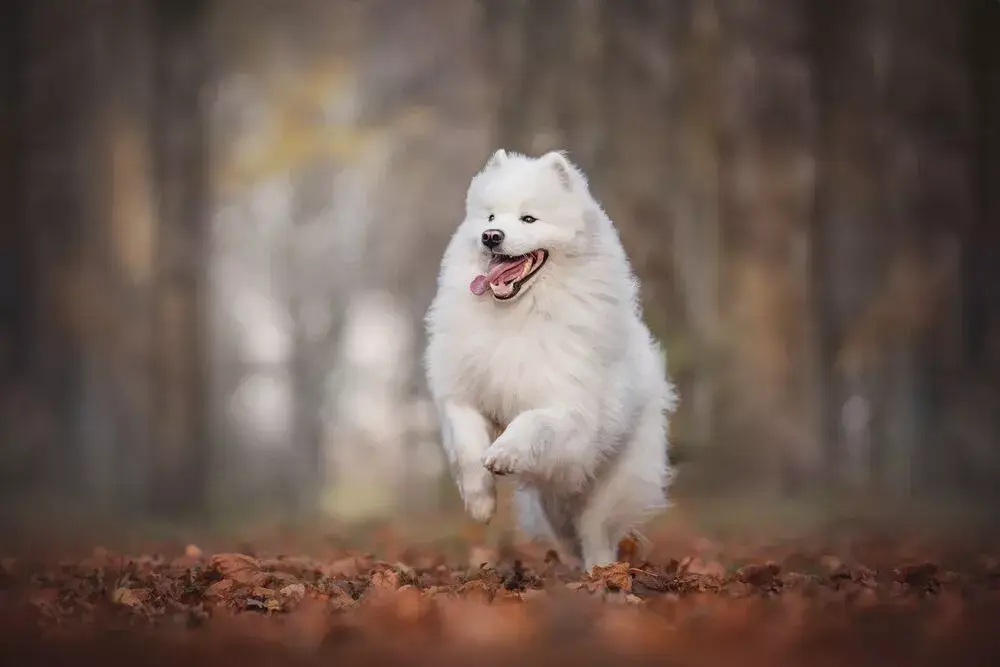
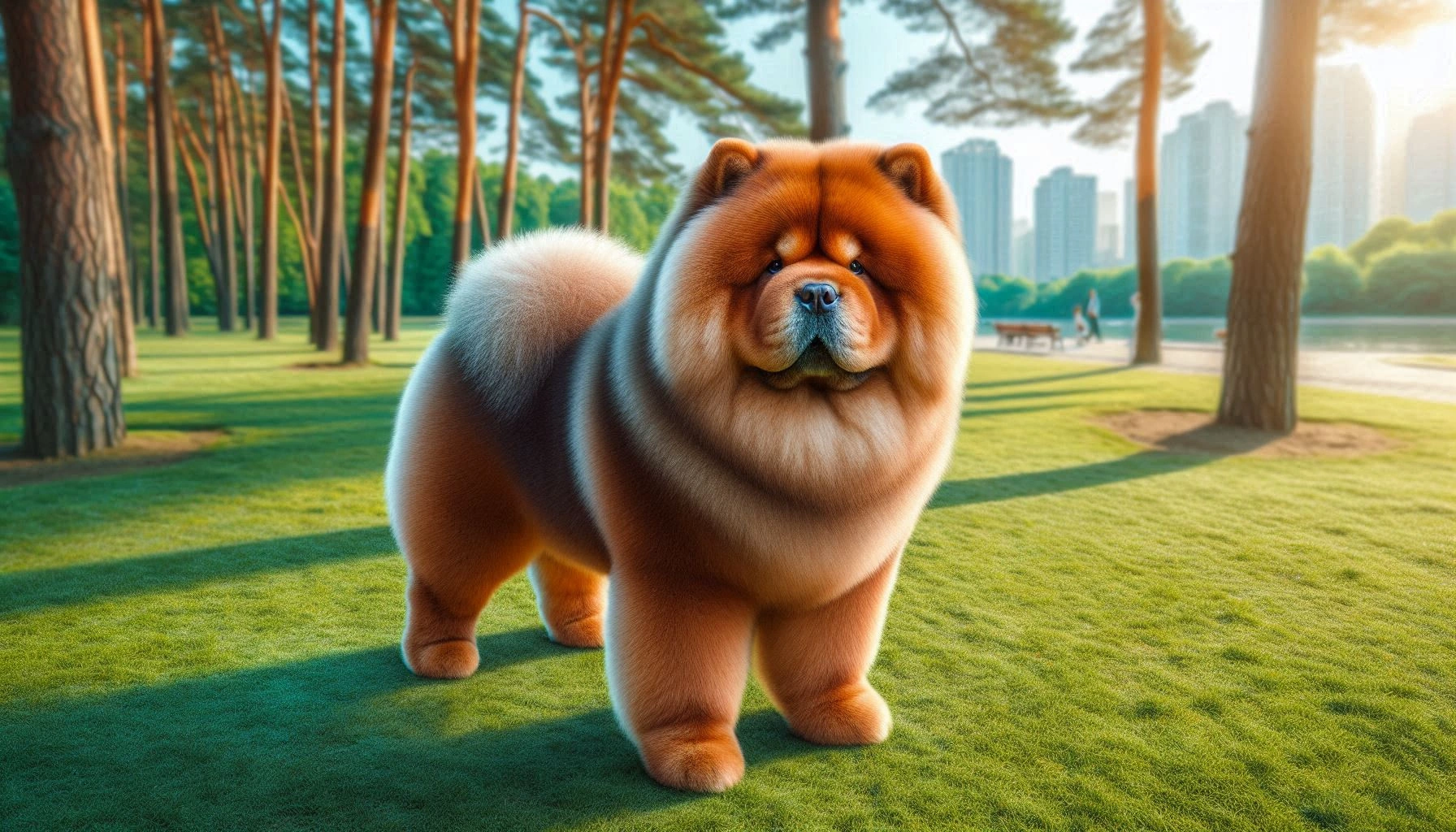
1. Keeshond
The Keeshond is a medium-sized, spitz-type dog known for its friendly and outgoing personality. Like the Eurasier, the Keeshond has a thick double coat and a fox-like face. Both breeds are known for their loyalty and affectionate nature, making them excellent family companions.
2. Samoyed
The Samoyed is a large, fluffy breed known for its friendly and social nature. While larger than the Eurasier, the Samoyed shares the Eurasier’s love of companionship and its gentle, calm demeanor. Both breeds have a strong bond with their families and are known for their beautiful, dense coats.
3. Chow Chow
The Chow Chow is an ancient breed known for its lion-like mane and independent nature. While more aloof than the Eurasier, the Chow Chow contributed to the Eurasier’s development and shares some physical traits, such as a thick coat and a strong-willed personality.
Conclusion
The Eurasier is a unique and charming breed that offers a perfect blend of beauty, intelligence, and loyalty. Whether you’re looking for a calm and affectionate family companion or a dog that can participate in various activities, the Eurasier is a versatile choice that can adapt to different lifestyles. However, they require regular grooming, socialization, and companionship to thrive. If you’re considering adding a Eurasier to your family, take the time to learn about their specific needs and ensure that you can provide the care and attention they deserve.
FAQs
Is the Eurasier a dangerous dog?
No, the Eurasier is not a dangerous dog. They are known for their calm and balanced temperament. While they may be reserved or wary around strangers, they are not aggressive. Proper training and socialization from a young age will help ensure that they are well-behaved and confident in various situations.
Is the Eurasier the best guard dog to protect my family?
The Eurasier is not typically considered a guard dog. They are more suited to being watchdogs due to their alertness and reserved nature around strangers. While they will likely alert you to unusual activity, they are not aggressive and are better suited to companionship roles rather than protection. For those seeking a dedicated guard dog, breeds specifically bred for protection, such as the German Shepherd or Rottweiler, may be more appropriate.

